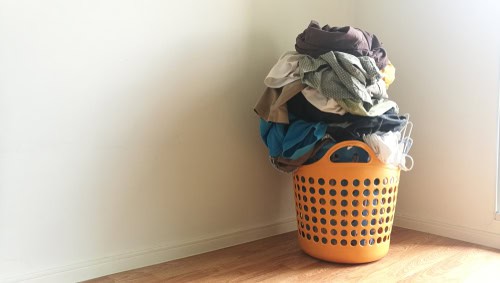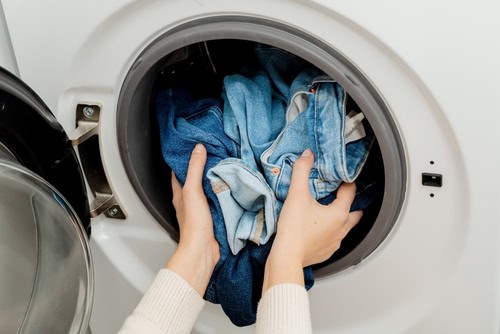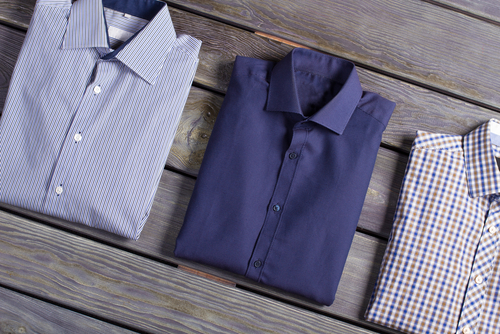
How To Remove Blood Stains On My White Pants?
October 29, 2021
Why You Should Clean Office Carpet Frequently
December 25, 20217 Eco-Friendly Ways For Laundry Cleaning

7 Eco-Friendly Ways For Laundry Cleaning – If you are doing numerous loads of laundry every week, the energy, water, and product costs will start to add up. To minimize the ecological impact laundry has, while simultaneously saving a lot of money on utility bills, follow these 7 eco-friendly laundry cleaning.
Simple shifts like changing your detergent and using cold water rather than hot can have a huge impact when laundering dozens of loads every year.
Table of Contents
Why is an eco-friendly laundry routine significant?
An average family can wash an average of 300 loads of laundry every year. You may be shocked at how many resources that each load of washing can use. You will find that during laundry, the average household water usage is about 16 percent. One load of laundry usually takes about 45 gallons of water in older machines.
Moreover, your dryer can be one of your home’s main energy culprits and it might be using much more energy when compared to refrigerators and other appliances. If you’re trying to minimize your ecological footprint, here is eco-friendly laundry cleaning.
1. Use an energy-efficient laundry machine
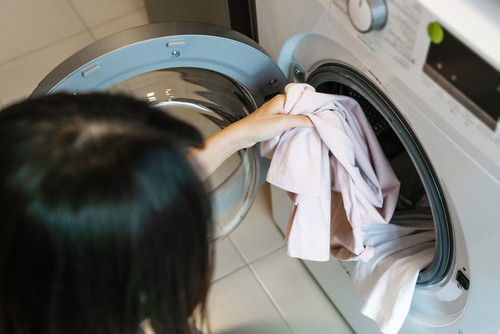
Getting an energy-efficient washing machine over a conventional top loader can make you use less than half the amount of water. The most top loader uses around 54 gallons of water while the most efficient washing machine consumes only 7 gallons. This will help you to save thousands of gallons of water every year.
In addition to that, energy-efficient laundry machines use less energy since they use less water. They likewise use less heat energy if you do hot or warm loads. They are gentler on clothes allowing your garments to last longer. Of cause, all these saving of energy and water means saving your bills as well.
2. Wash your clothes less often
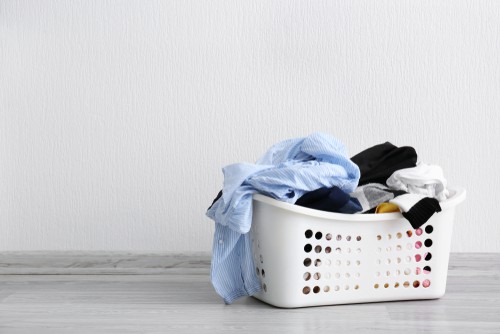
Many people are trained to think that if you wear a cloth once, you require to hit the hamper and wash it again. Not so. If it smells and looks clean, you can wear it again and you will find that you will save energy, water, and time.
Remember, the more often you wash your clothes, the fast faster the fabrics thin down, colors will fade and stitching may fray. Always wash your item when they need it and you will aid the planet by using less energy and water.
3. Cold Wash
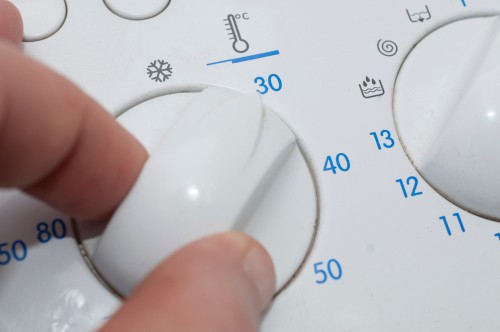
You can cut the energy used to clean your laundry by selecting cold-water settings. You know that more than 90 percent of laundering machine power is used for heating water.
Therefore, by using the cold wash function, you will save a lot of money. In addition to that, using cold water instead of hot, it saves minimizes millions of tons of carbon emissions each year. Therefore, it is better for the environment and your clothes are unlikely to bleed colors into each other or fade.
4. Stay Clear of Harmful Chemicals
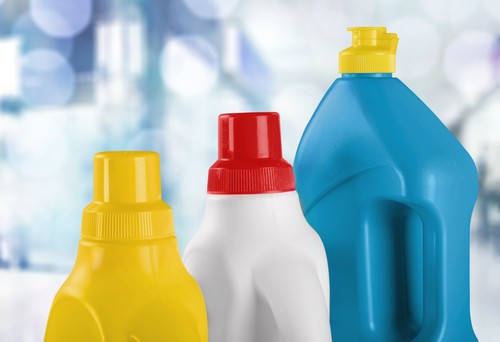
Stain removers, Conventional detergents, and dryer sheets have synthetic chemicals that are linked to developmental toxicity, endocrine disruption, and other health concerns. These chemicals are not good for you, your garments, and aquatic ecosystems where dirty water ends up.
We recommend shopping a non-toxic and eco-friendly detergents alternatives.
They range from oxygen-based brighteners, plant-based detergents, and old white vinegar which are effective for stain remover and fabric softener.
Look for detergents with a label that indicates that the product is phosphate-free, readily biodegradable, and made from vegetable and plant-based ingredients. A cup of white vinegar is perfect to soften your fabric and it naturally balances the soap pH.
Plastic-bottled laundry soap also contributes much to pollution. This is because they are packaged in heavy and bulky jugs that take a lot of space in shipping trucks which adds transportation pollution by generating harmful emissions. Natural products detergents are free from dyes, synthetic fragrance, chlorine bleach, and optical brighteners.
Besides that, they have biodegradable surfactants that are formulated to perform fine in cold water.
5. Air-Dry Your Clothes
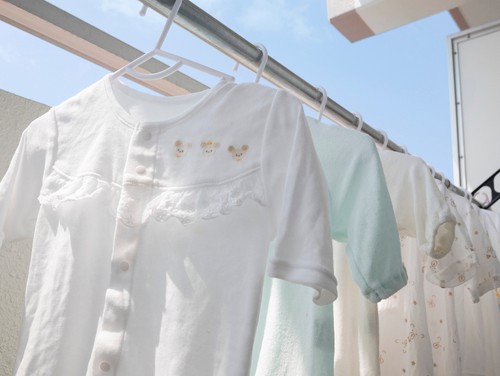
During a hot day, this is an ideal time to linens and air-dry your clothes instead of running your clothes dryer. You can use a breeze catcher or a simple clothesline and your laundry clothes will gain from the whitening effects and anti-microbial of the sun.
What’s more, if you do not have enough outdoor space, then you can use a drying rack to dry your clothes outdoor. Other people hang their clothes near a wood-burning stove to dry the clothes quickly.
6. Pick natural clothing fibers
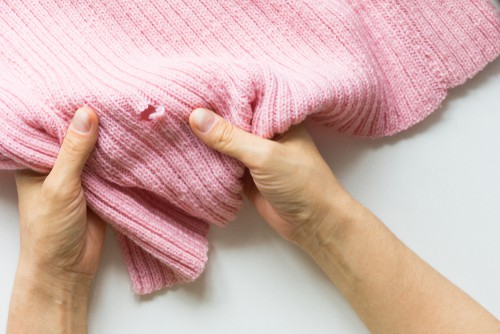
When we wash synthetic fibers such as nylon, acrylic, polyester fleece, a lot of microscopic pieces of plastic usually wash away with rinsing water. The study has shown that marine life can absorb plastics and ingest these fibers into their tissue, which is not healthy to them, including us and animals eating them.
To minimize the plastic pollution problem, it is good you choose wool, bamboo, organic cotton, or other natural fibers for bedding and clothing.
7. Skip the dry cleaners
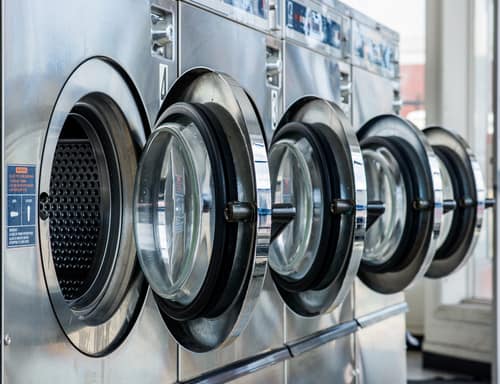
Many dry cleaners use chemicals such as perchloroethylene (linked with health problems such as cancer). The best way to avoid it is to purchase clothes that do not need dry cleaning.
If you already have clothes that need dry cleaning, you can look for a green cleaner near you who use liquid carbon dioxide to safely clean the clothes without exposing workers with perc. You can also wash those delicate fabrics with your hands or put them in the delicate cycle of the high-efficiency washer.
7 Eco-Friendly Ways For Laundry Cleaning – Conclusion
These ideas listed above don’t take much effort or extra time, but they can assist you to create an eco-friendly washing routine that works well for you. Besides that, it will save you a lot of money. The next time you are doing your laundry work, try one or two of these tips and you will have helped to take care of this planet.

